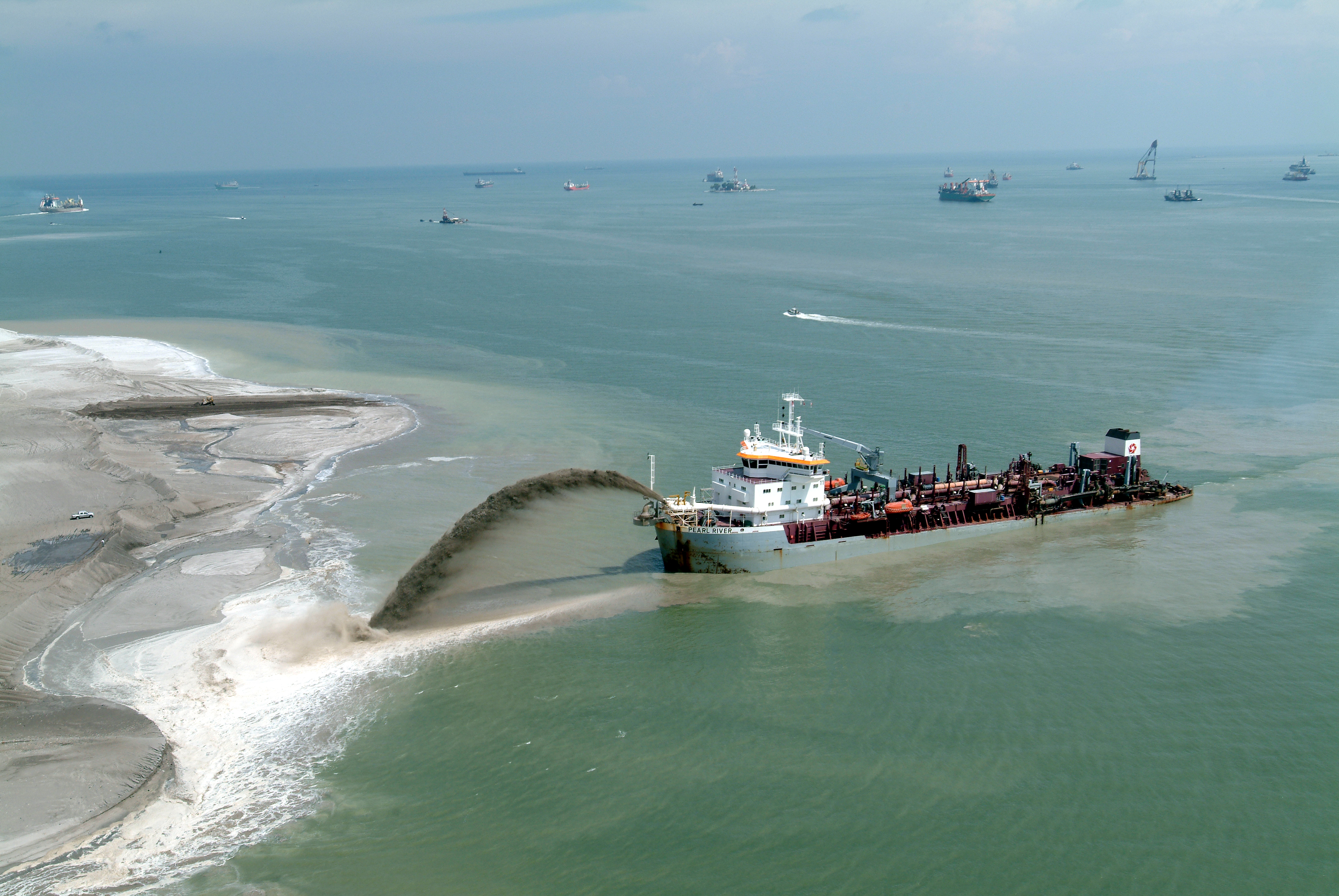
What is dredging?
Dredging is the removal of underwater soil, like sand or gravel, and its transport. Although it sounds like a simple act, it is one that has helped shape our world.
Dredging is the process of removing soil, such as sand or gravel, from underwater and transport it from one place to another. Simple yet impactful, it shapes our world, just as building sandcastles and dams did in childhood.
Many groundbreaking projects, such as the Suez Canal, the Panama Canal, and Palm Islands would not exist without dredging. Furthermore, dredging is vital to our social and economic development. Much of the infrastructure upon which our economic prosperity and social wellbeing is built has a direct link to dredging.
The world economy relies heavily on global trade, in which cost-effectiveness and ever larger vessels are a trend. As a result, ports around the world are expanding and require constant maintenance and deepening of their access channels and basins. The construction industry also largely depends on dredging activities for the supply of sand and gravel, and with the growing world population and rising sea levels, land reclamation and coastal protection are becoming more and more important. And these are just some examples in which dredgers are put to work.
There is a growing need for dredging in many applications, both large and small, in either capital or maintenance works. Dredging is everywhere. Dredging offers a world of opportunities.
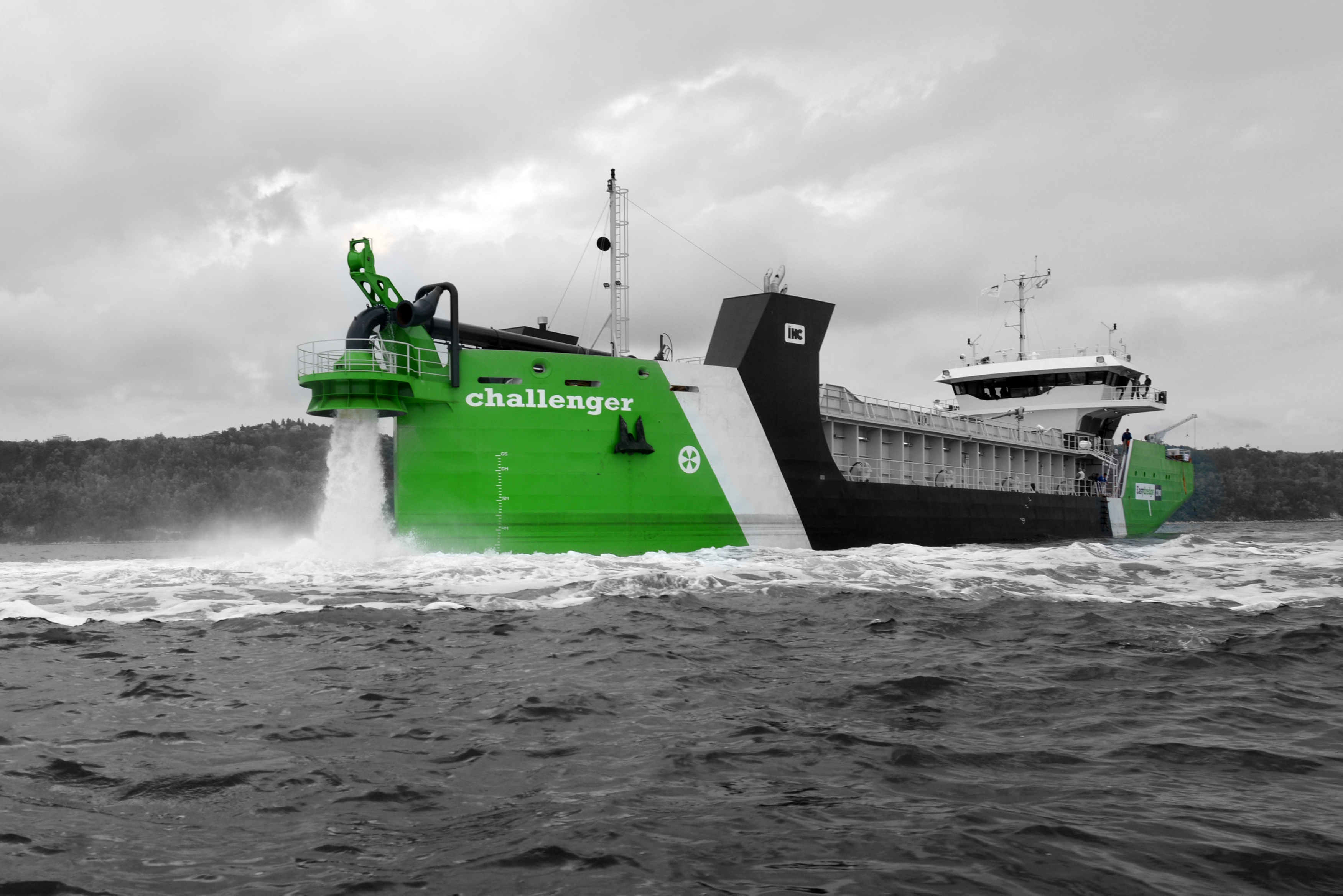
Why start dredging?
Dredging can be necessary for a variety of reasons, including to maintain safe navigation, prevent flooding, and improve water quality. In addition, dredging can create new land for development or recreation, and it can help restore damaged ecosystems by removing pollutants and other harmful substances. Ultimately, dredging can play a vital role in ensuring the continued health and prosperity of our waterways and the communities that depend on them.
How to start a successful dredging project?
Every successful dredging project starts with a thorough assessment of the requirements. Questions need to be answered, such as: what is the purpose of the dredging activities, what kind of soil will we encounter and in what volumes, what is the time schedule, what is the water depth and how accessible is the dredging site? Based on all the different elements, the best dredging material can be selected.
Dredging objective
There are a lot of aims to start with a dredging projects. The most common dredging projects are:
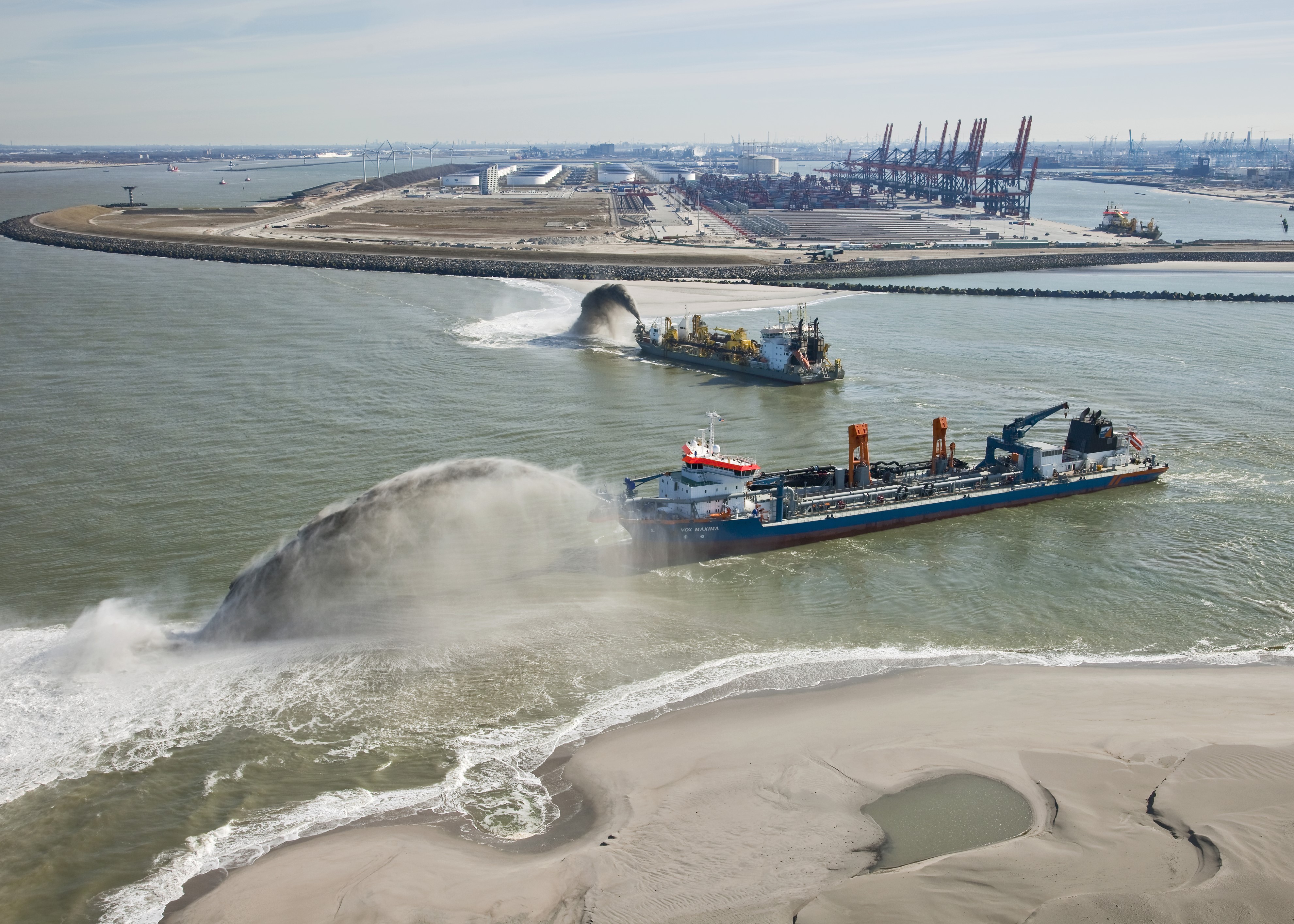
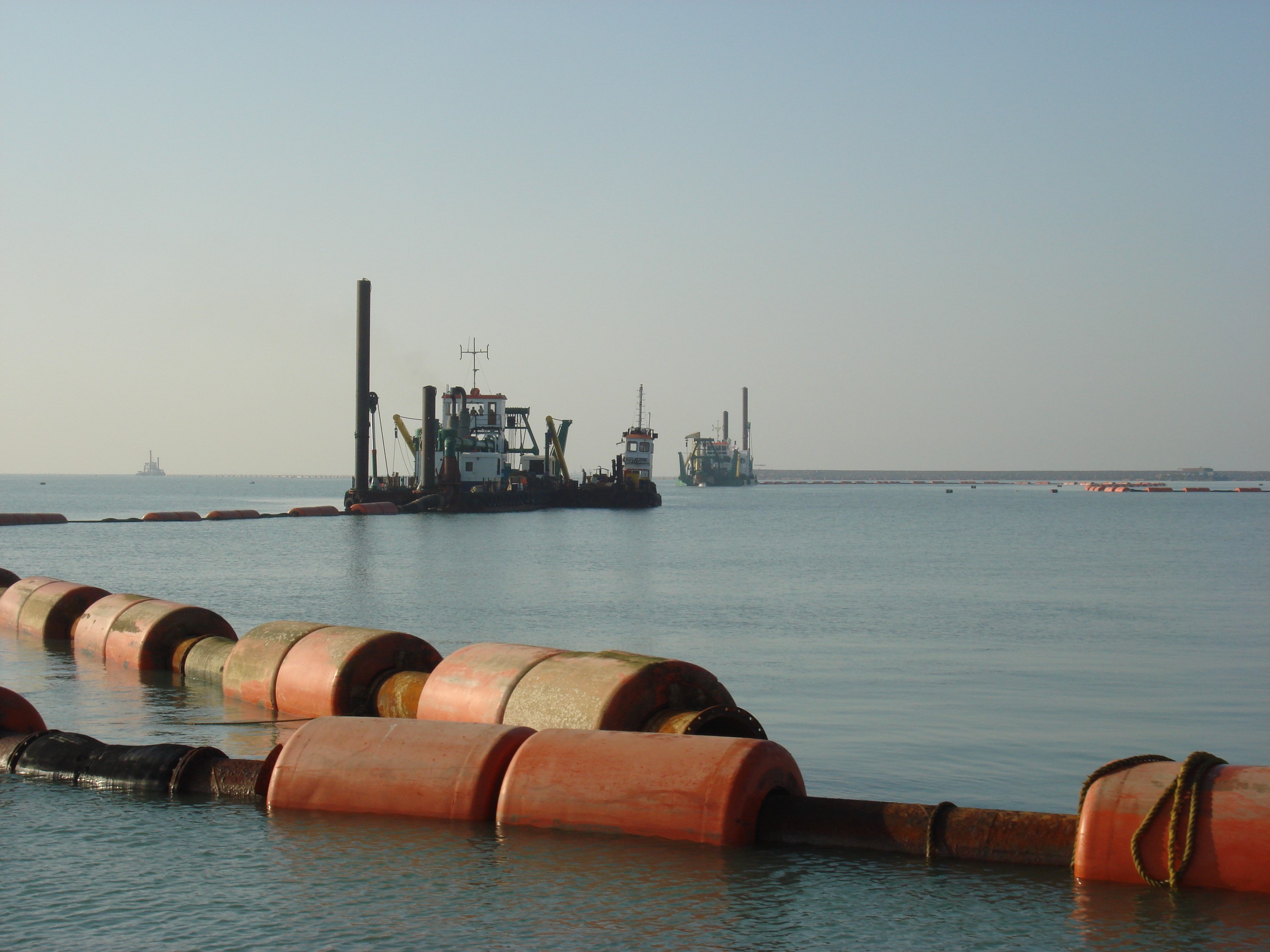
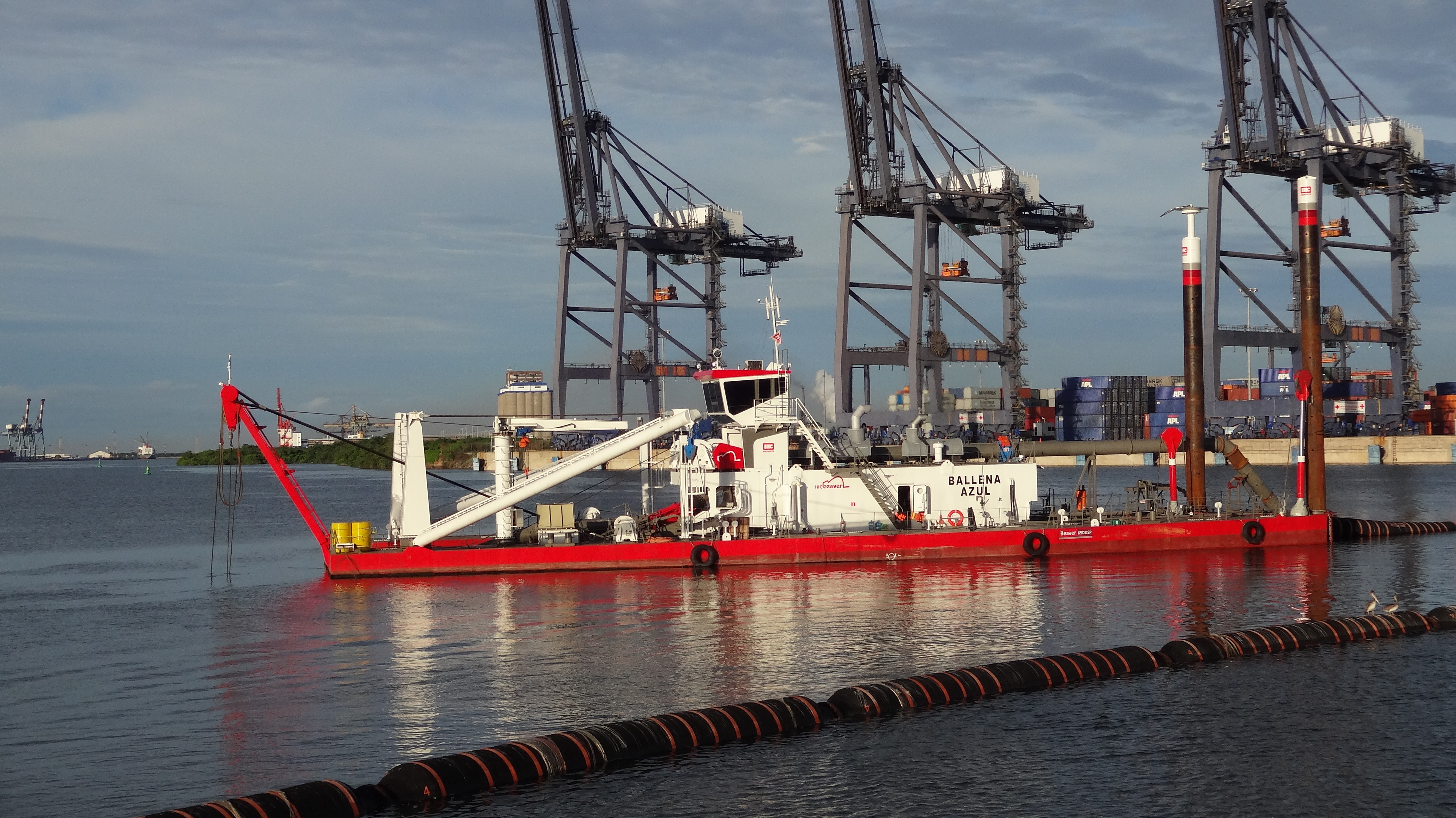
Volumes of soil
The volume of soil that needs to be dredged is based on the size of the dredging area, as well as the thickness of the layers of soil and the type of soil. Reliable calculations are important as miscalculations in the planning phase can make the difference between a successful, profitable project and a loss. Agreement on the method of measurement is also very important as different methods are used.
Soil characteristics
What kinds of soil will be encountered? Is it sand, clay, silt, gravel or rock? What is the grain size distribution and what is the grain shape? The characteristics of the soil largely determine the kind of dredging equipment that is needed. Can you go for a standardised cutter suction dredger or is specialised equipment required, such as a dredge wheel? Or is a trailing suction hopper dredger the vessel of choice?
Available time
The available time in combination with the size of the project will be the deciding factor in terms of the required dredging capacity.
Site conditions
When embarking on a dredging project, it's imperative to carefully assess various site conditions beyond the previously mentioned factors. Careful consideration of these site conditions is indispensable for the success of any dredging endeavour.
- Accessibility is a paramount concern – determining whether the dredger can navigate to the site or if it necessitates transportation is crucial for logistical planning.
- Tides and currents play a pivotal role, as their intensity can significantly impact dredging operations and safety. Understanding water depth is fundamental for selecting the appropriate equipment and ensuring the project's feasibility.
- The local climate must be considered, as adverse weather conditions can disrupt operations and pose risks to personnel.
- Environmental restrictions, such as protected habitats or water quality regulations, must also be addressed to comply with legal and ethical obligations.
- Evaluating the distance to the disposal site is essential for efficient sediment management.
- Any unique local conditions or special requirements should be thoroughly investigated to tailor the dredging approach to the specific needs of the project area.
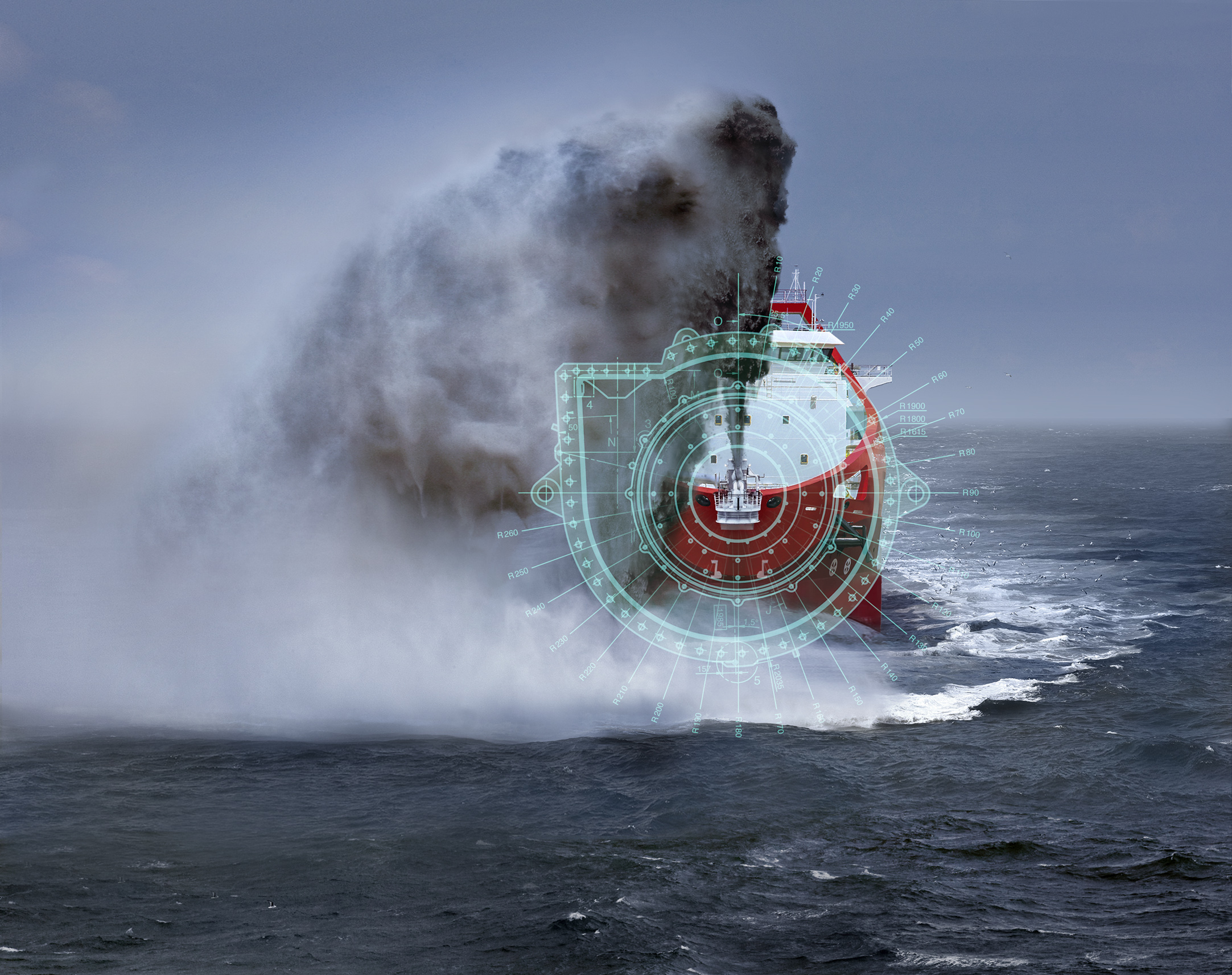
Need help on how to start a dredging project?
Get in touch and our dredging experts are happy to help.